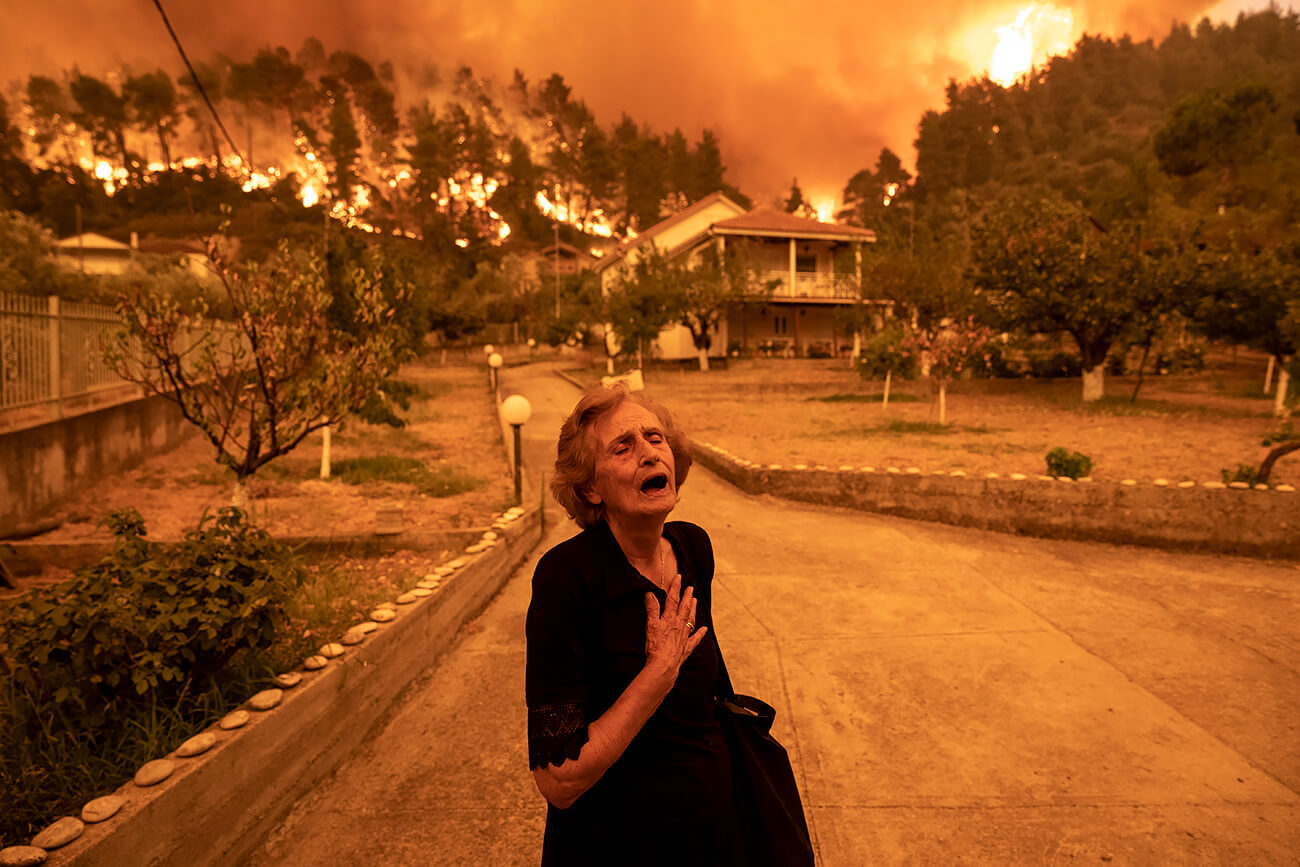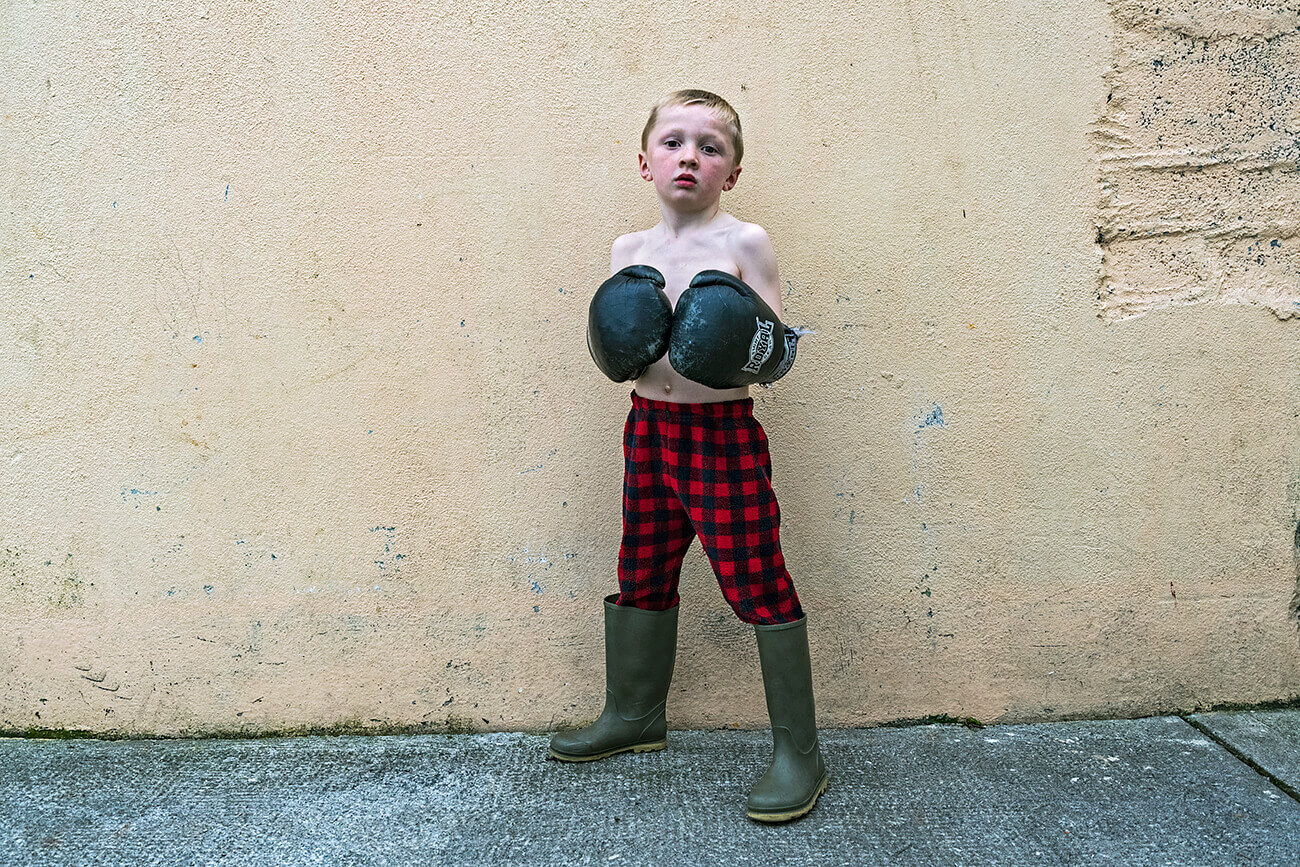An award-winning image is a photograph or illustration that has been recognized by a reputable organization or industry expert for its technical excellence, creative merit, and overall impact. These images can range from powerful documentary photographs that capture a moment of social or political significance, to visually striking fine art images that explore themes of beauty and form.
In order to be considered for an award, images are typically submitted to a competition or juried exhibition, where they are evaluated by a panel of judges with expertise in the field. These judges will consider factors such as composition, lighting, exposure, and post-processing in determining the technical excellence of the image. They will also consider the creative vision and intent of the photographer or artist, as well as the overall impact of the image on the viewer.
One example of an award-winning image is the photograph
Vulture and Little Girl by Kevin Carter. This photograph, which was taken in Sudan in 1993, depicts a vulture perched behind a small girl who is unable to move due to starvation. The photograph was widely circulated and won the Pulitzer Prize for Feature Photography in 1994. It was particularly powerful in bringing the attention to the famine in Sudan at the time.
Another example is
Steve McCurry's Afghan Girl which was taken in 1984 and featured on the cover of National Geographic in June 1985. The photograph depicts a young girl with striking green eyes and a red headscarf, and it became one of the most iconic images of the 20th century. It was recognized for its ability to convey the human cost of war and displacement, and has been widely reproduced in various forms over the years.
Award-winning images can also be found in the realm of fine art photography. An example of this is
Untitled #153 by
Gregory Crewdson. This photograph depicts a suburban street at night, lit by a single streetlamp, with a lone figure standing in the middle of the road. The photograph was shot using a large-format camera, and was recognized for its attention to detail, composition, and the eerie atmosphere it evokes.

Woman from Evia © Konstantinos Tsakalidis, 3rd Place of All About Photo Awards 2022
Taking an award-winning photo requires a combination of technical skill, creativity, and attention to detail. Here are some tips to help you create a photograph that stands out and has the potential to win awards:
Composition: The way you compose your photo can make or break it. Use the rule of thirds and other compositional techniques to create a visually pleasing and balanced image. The rule of thirds is a guideline that suggests placing the subject of the photo at one of the points where the imaginary lines of the rule of thirds intersect. This creates a sense of balance and movement within the image. Other compositional techniques include leading lines, the use of symmetry, and the use of negative space.
Lighting: Good lighting is key to a great photo. Experiment with different lighting sources and techniques to find the best way to illuminate your subject. Natural light, such as sunlight or moonlight, can be beautiful and create a natural-looking image. Artificial light, such as lamps or flash, can also be used to create a different mood or effect. Understanding the quality, direction, and color of light can help you create a more dynamic and interesting image.
Subject matter: The subject of your photo is important, but it's also important to consider the context of the image. A well-known subject can be presented in a new and interesting way, while a seemingly mundane subject can be made interesting with the right composition and lighting. Consider what makes your subject unique and try to capture that in your photo.
Storytelling: A great photo should tell a story or convey a message. Think about what you want to say with your image and how you can use composition, lighting, and subject matter to communicate that message.
Technical skill: Technical skill is important when it comes to taking a great photo. Understanding the basics of exposure, such as aperture, shutter speed, and ISO, will help you capture the right amount of light in your image. Additionally, mastering focus and depth of field will help you create a more dynamic image.

Paddy, Galway, Ireland 2019 from the series 'Mincéirs'. © Joseph-Philippe Bevillard, winner of AAP Magazine 17 Portrait 2021 Competition
Post-processing is the process of editing your images after you have taken them. This can include things like cropping, adjusting color and contrast, and retouching. Post-processing can help you bring out the best in your images and make them more dynamic and interesting.
Be creative and experimental: Photography is an art form, and creativity is key to taking great photos. Don't be afraid to experiment with different techniques and styles. Try new things and don't be afraid to make mistakes. Sometimes, the best photos come from taking risks and trying something new.
Research: Researching the type of photo and style you want to achieve can be very useful. Look at other photographs, photographers and styles to get an idea of what you want to do. You can also look at websites, books and magazines that showcase photography, to understand the trends and styles in the field.
Patience: Taking an award-winning photo takes time and patience. Sometimes the best photos come from waiting for the perfect moment or lighting conditions. Don't rush and take your time to get the shot right.
Practice: Finally, the key to taking great photos is practice. The more you practice, the better you will become at taking photos. Take your camera with you everywhere you go and take as many photos as you can.
In conclusion, taking an award-winning photo requires a combination of technical skill, creativity, and attention to detail. By keeping these tips in mind, you'll be able to create photos that stand out and have the potential to win awards. Remember to be patient, practice and be creative.



